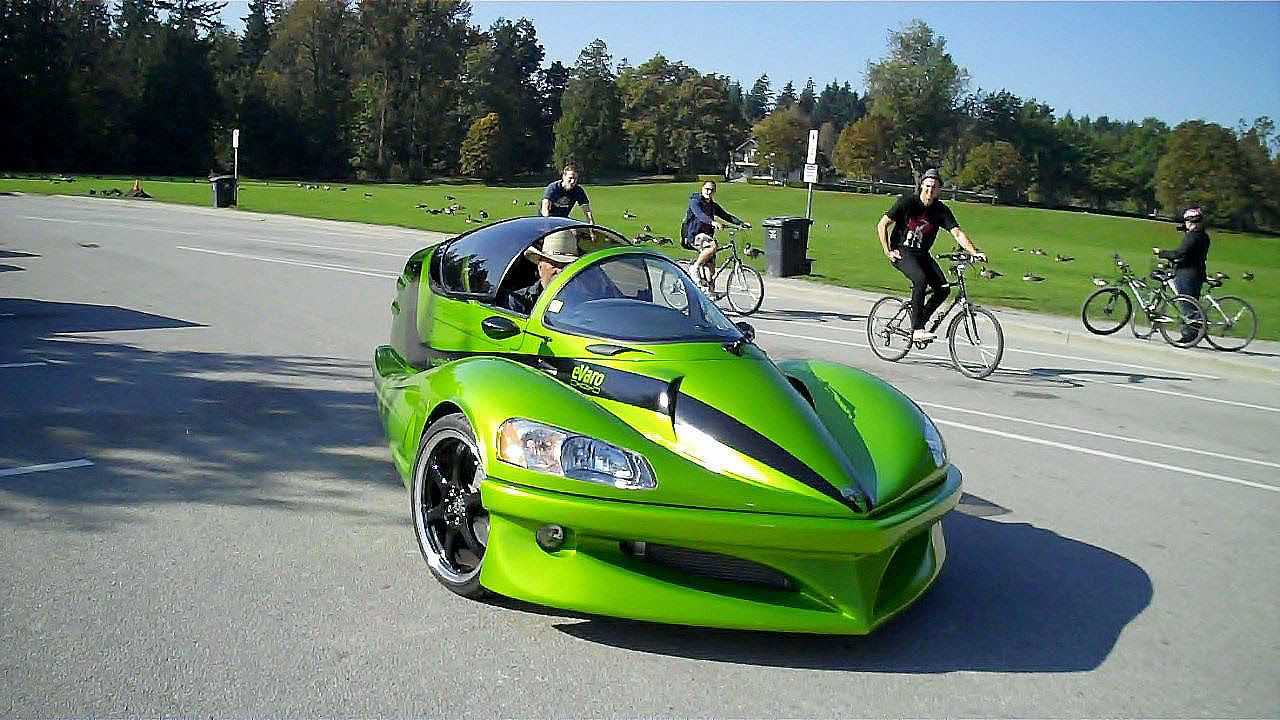The speed you can drive ultimately is determined by the roads you are driving on, the conditions (weather, etc.), traffic, etc., and if you are required to go slow at the beginning, and at the end of the drive, then a parallel hybrid won't help you go slow once the battery is depleted.
The FVT eVaro has a 22kWh battery and a 1100cc 20kW genset with a 2.2 gallon gasoline tank. It goes 125-150 miles in EV mode, and in charging mode it can go another 300-375 miles. So, if it uses ~20kWh of electricity and 2.2 gallons to go a total of ~425-525 miles, using the X-Prize spreadsheet, that is
152-188MPGe average.
The battery holds usable energy equivalent to 0.58 gallons of gasoline.

The electric only energy use is ~213-255MPGe. During the charging mode, that is 136-170MPGe. Those are the performance numbers; not theoretical mathematics.
So, the charging mode is 20-47% lower efficiency than in EV mode. That difference would be combination of the engine and generator efficiency; since the electric motor is in both sides of the equation.
++++++++
Do you have a real world example of a parallel hybrid performance?
The only one I can think of is the original Honda Insight.